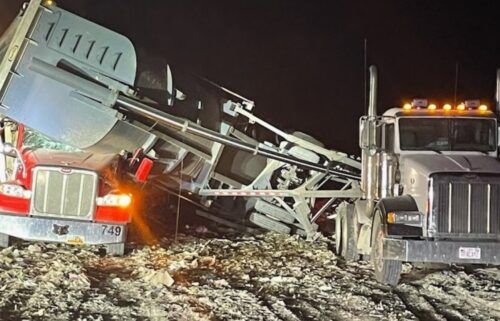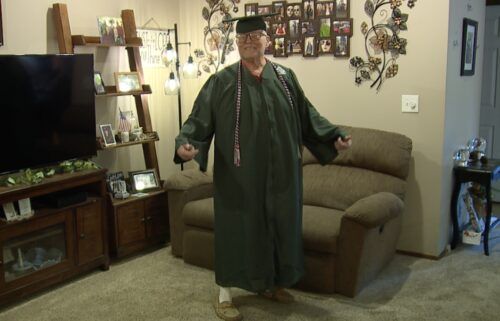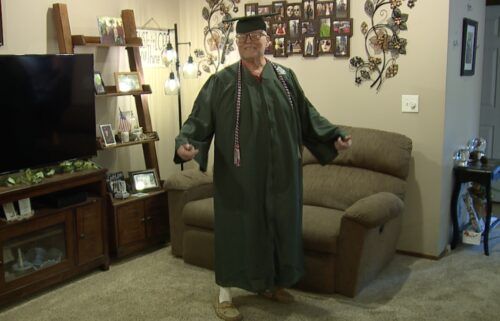Colorado study looking at lead levels of children living near airports complete; bill aimed at protection passes
By Karen Morfitt
Click here for updates on this story
COLORADO (KCNC) — New data on the health of those living near Colorado’s regional airports is out. Colorado’s Department of Public Health and Environment conducted a study looking at blood lead levels in children who live at varying distances from 12 airports across the state and recently shared limited results.
Charlene Wiley has lived in her Westminster home in the Denver metro area for 30 years and has watched the air traffic over her home soar.
“That’s all night long, too, I want you to know,” she said as a plane flew overhead.
Wiley is among the dozens of residents surrounding Rocky Mountain Metropolitan Airport who have long argued that increased flight activity is more than a nuisance. They say it’s a public health risk.
Noise is one concern, but lead from the aviation gas used by some of the smaller planes is another.
“Regional airports have grown from a livable situation into a frankly unlivable one,” she said.
Last year, the Colorado Department of Public Health and Environment launched a study trying to determine if there was any correlation in lead levels in kids and where they lived in relation to the airport. The study looked at 12 airports across Colorado, including Rocky Mountain Metropolitan Airport .
“I can tell you no airport stood out as leading the results,” said Ned Calonge, Chief Medical Officer for CDPHE.
Calonge recently shared some of what they found during that study with Westminster City Council, but the full results have yet to be published.
“What we concluded was while children living within two miles of an airport had slightly higher average blood lead levels than other kids in Colorado, these levels were below CDC reference value,” he told the council.
“Everything is complex. Nothing is simple, so to not have clearly defined information, that is really important,” Wiley said about the information that was shared.
Wiley worries there’s a lot missing from that presentation and still she says it shows a correlation.
“The testing rates are so very low, and we had no idea what the age of the kids are because a very small child is going to have a whole different impact from even the slightest lead contamination than someone who is 18 years old or older,” she said.
While airport leaders and their surrounding communities have long turned roundtables discussions to find solutions.
Little movement has been made, which prompted state lawmakers to intervene.
“The current bill ties the eligibility for state funding for airports to certain actions that the airport should be taking. One is the development of a noise abatement plan that they develop in concert with not only the neighborhood, but the flight schools and the pilots that operate. Another is the ability to have a lead transition plan,” said state Rep. Kyle Brown.
Brown is behind the bill designed to help fuel change.
“What we can do is to make sure that they and the communities that they have grown up with can coexist,” he said.
The bill would also create a tax credit for aircraft owners to help with the transition to unleaded fuel. Pilots, however, argue there continues to be an issue with access and that the fuel is costly and not widely available.
CBS News Colorado requested the complete lead study from CDPHE which was expected to be published in late April. That request is still pending.
Please note: This content carries a strict local market embargo. If you share the same market as the contributor of this article, you may not use it on any platform.



